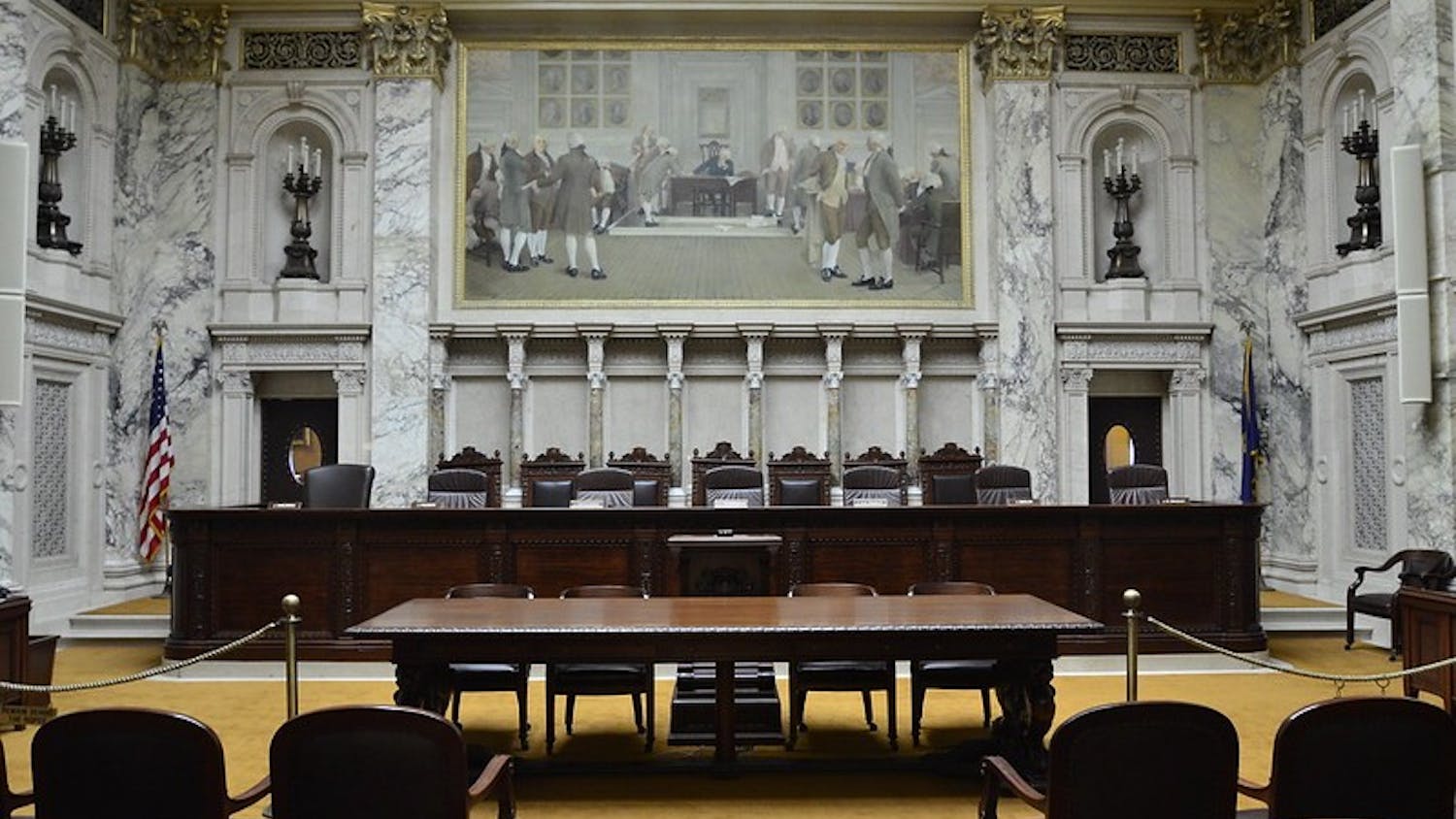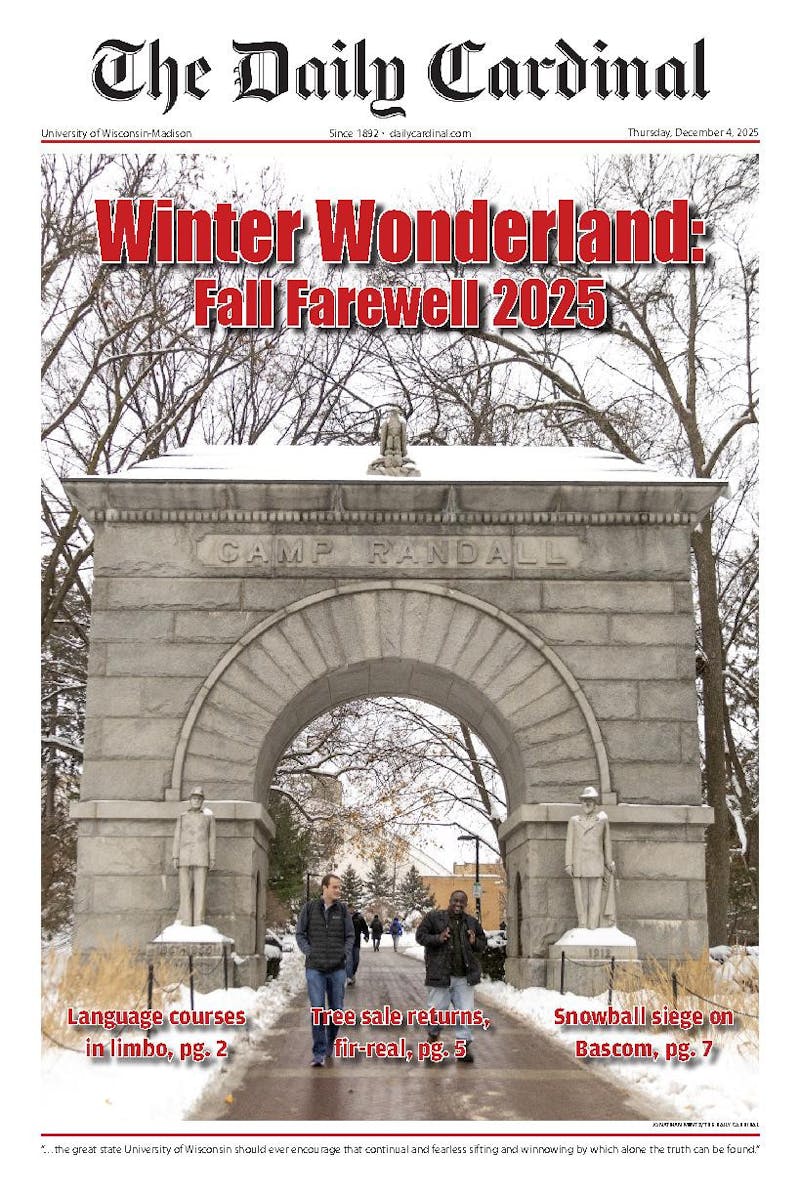Efforts to increase minority enrollment and foster diversity at UW-Madison have a long but largely unspoken history, according to university historians.
In the 1800s, the student population was overwhelmingly white, a reflection of the state's general population. But in the early 1900s it became more racially diverse as African Americans migrated to Wisconsin from the South, said E. David Cronin, professor emeritus at UW-Madison and co-author of a four-volume set of books detailing the history of UW-Madison.
The school's students and administrators have had a progressive perspective on integration since the university's conception, according to Cronin.
\The student population over the years has been quite sensitive to discrimination,"" he said.
The UW track and field team refused to attend segregated track meets as early as the 1930s, said John Jenkins, senior scientist working for the University History Project and co-author of the historical books about the school.
In the late 1940s, school administrators responded to student pressure ordering campus-area landlords to halt a common practice barring minorities from tenancy, Cronin said.
In the same era, university officials paired roommates in dorms according to race to improve compatibility, Jenkins said. However, students soon protested the policy and it was abolished within a year.
UW-Madison students and administrators also pushed fraternities and sororities on campus to change their charters to allow for minority members, Cronin added. Since Greek organizations apply their charters on a national level, their compliance was slow, but did occur after students throughout the country made similar demands.
During World War II, the university launched an effort to recruit Japanese-Americans from the West Coast who the federal government was displacing, Jenkins said.
Prior to the 1970s, this was the university's sole attempt to recruit a specific minority group.
""In the 1960s [and before] it was considered immoral to keep track of things like [minority enrollment],"" Jenkins said. ""It just never occurred to people.""
Minority student activism was prominent in the late 1960s, said William Van Deburg, a UW-Madison professor of Afro American studies who came to the school in 1973.
This culminated in 1969, in the wake of Vietnam War protests and the assassination of Martin Luther King Jr.. Many of the 400 to 500 African American students at UW-Madison went on strike. They demanded, among other things, the creation of an African American studies department and increased minority recruitment at UW-Madison, Van Deburg said.
School administrators met several of the strikers' demands, creating the Afro American studies department and installing an administrator in charge of minority recruitment, Van Deburg said.
While he said the effects of the current political activists cannot be known for another generation, Van Deburg said he believes students are making reasonable demands to administrators for increased minority enrollment.
""The institution, one this big and this complicated, grinds very slowly, and it usually likes to hear itself talk a lot,"" Van Deburg said. ""So when other people talk it takes a while for it to digest that and listen to it.""





